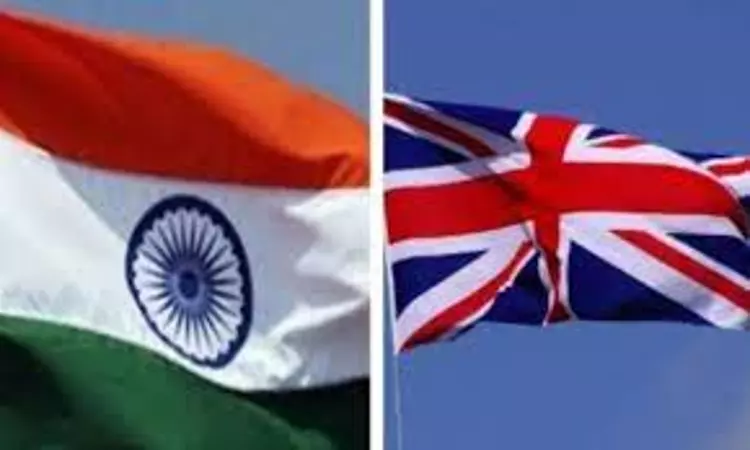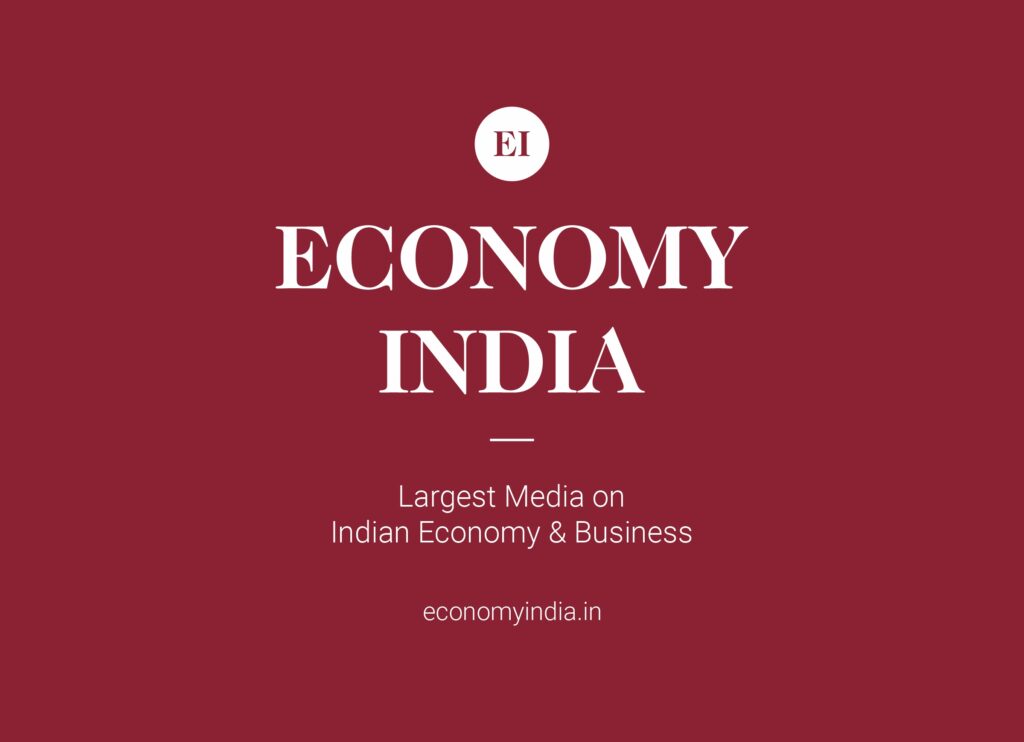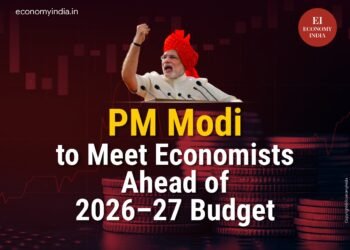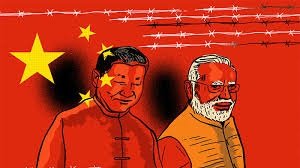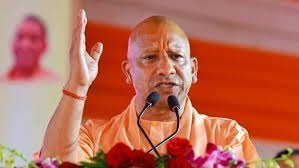Proposed India-EU Free Trade Agreement to Unlock $875 Billion Market Access, Boosting Labour-Intensive Sectors and Aligning Tariffs with ASEAN Counterparts.
New Delhi I Economy India: India is on the brink of gaining unprecedented access to a massive $875 billion market through its proposed Free Trade Agreement (FTA) with the European Union (EU). According to Rahul Jain, India Managing Director of Boston Consulting Group (BCG), the pact could align India’s tariff structures with those of its ASEAN counterparts, positioning the country strategically in the rapidly evolving global trade landscape.
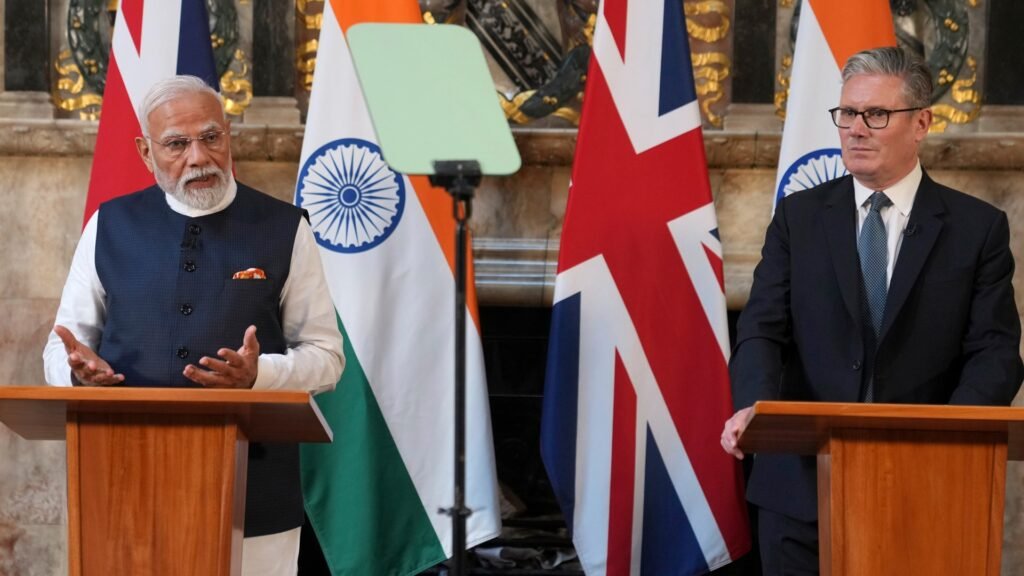
The proposed FTA is expected to come at a crucial juncture as global trade faces disruptions from geopolitical tensions, supply chain realignments, and rising protectionism in major economies. For India, a stronger trade linkage with the EU could mean not only greater market penetration but also increased resilience against economic headwinds.
Strategic Opportunity Amid Shifting Global Trade
Jain highlighted that sectors with strong labor intensity stand to gain the most. Industries like textiles, apparel, leather goods, and certain categories of processed foods could witness significant export growth. These sectors are poised to leverage lower tariffs and simplified trade rules to enhance competitiveness.
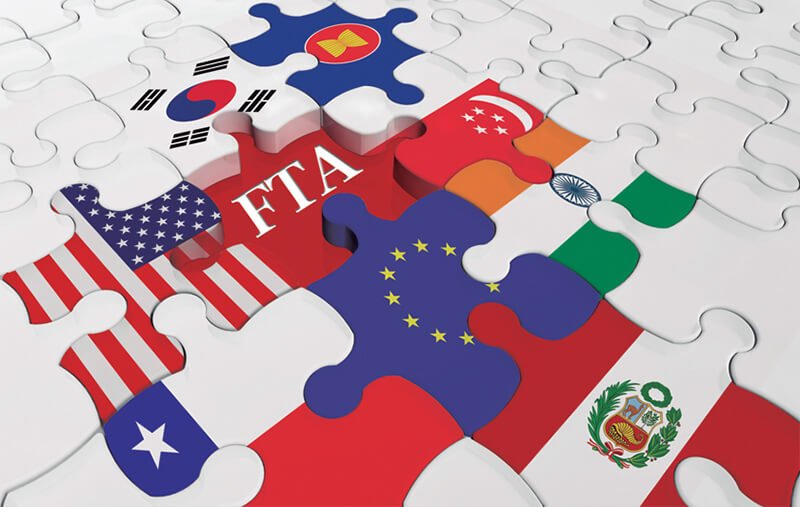
Tariff Parity with ASEAN Nations
A major advantage of the FTA would be achieving tariff parity with ASEAN countries, which currently enjoy favorable trade terms with the EU. By leveling the playing field, Indian exporters would no longer face tariff disadvantages compared to competitors from Southeast Asia.
Protection Against US Protectionism
The EU pact, along with other strategic trade agreements, is also being viewed as a safeguard against rising American protectionism. As the US tightens its import policies, access to alternative markets like the EU becomes critical for maintaining export momentum.
Recent Milestone with the UK
The optimism surrounding the EU deal is strengthened by India’s recent success in signing a historic FTA with the United Kingdom. Inked last month, the agreement is set to reduce tariffs on a range of goods, including British whisky and automobiles, while also opening up new avenues for Indian exports.
Boost to Bilateral Trade
The India-UK FTA alone is expected to boost bilateral trade by approximately $34 billion annually. Analysts believe that the EU deal, if finalized, could have an even greater impact, given the size and diversity of the European market.
Expanding Global Trade Footprint
The combination of these trade agreements could significantly expand India’s global trade footprint, making it less reliant on any single market. For businesses, this diversification could reduce vulnerability to sudden policy changes or economic downturns in major partner countries.
Potential Challenges Ahead
While the benefits are clear, negotiators will still need to navigate complex discussions on sensitive sectors such as agriculture, data privacy, and intellectual property rights. EU’s stringent quality and sustainability standards could also pose compliance challenges for certain exporters.
Economic Implications
If executed effectively, the FTA could contribute to a multi-billion-dollar boost to India’s GDP over the next decade. Greater market access is expected to drive investment inflows, technology transfers, and job creation across manufacturing and service sectors.
Timeline and Negotiation Status
Though talks with the EU have been ongoing for several years, recent momentum suggests that both sides are keen to expedite the process. Industry insiders speculate that a framework agreement could be reached within the next 12 to 18 months.
Business Community Response
The Indian business community has largely welcomed the possibility of an EU FTA, with industry associations calling for swift action. Exporters, in particular, see the agreement as a game-changer for India’s position in global value chains.
Enhancing Trade Competitiveness
Trade analysts note that India must also complement the FTA with domestic policy reforms—improving logistics, reducing bureaucratic delays, and investing in export infrastructure—to fully capitalize on the market access opportunities.
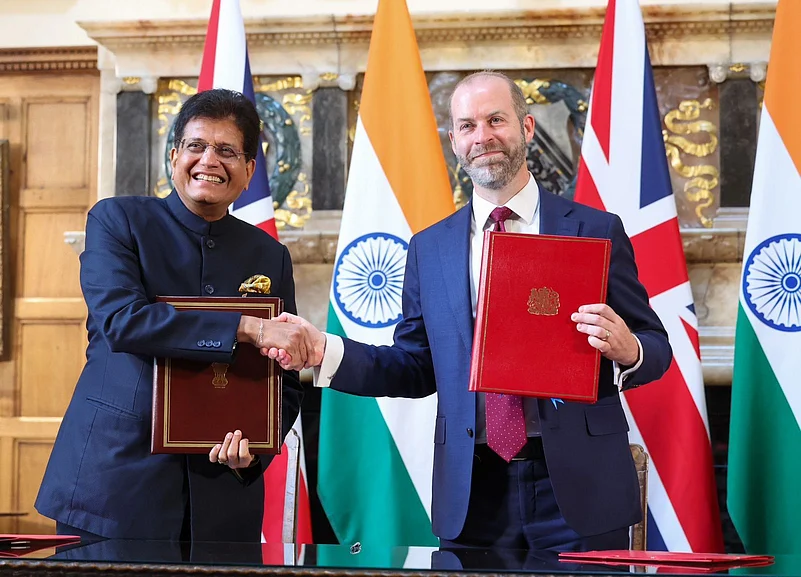
The EU’s Perspective
From the EU side, the agreement would open doors to one of the fastest-growing large economies in the world. European businesses could tap into India’s expanding middle-class consumer base, particularly in sectors like renewable energy, electric mobility, and advanced manufacturing.
Link to Geopolitics
Geopolitical considerations are also at play, with both India and the EU seeking to diversify trade partners and reduce dependence on China-centric supply chains.
Long-Term Outlook
Experts believe that if India successfully concludes the FTA with the EU, it would mark one of the most significant trade policy achievements of the decade, reshaping its export architecture for years to come.
With negotiations gaining traction and the promise of access to a $875 billion market, the India-EU FTA could redefine India’s trade dynamics. If implemented with strategic foresight, it has the potential to not only boost exports but also strengthen India’s standing in the global economy.
(Economy India)


